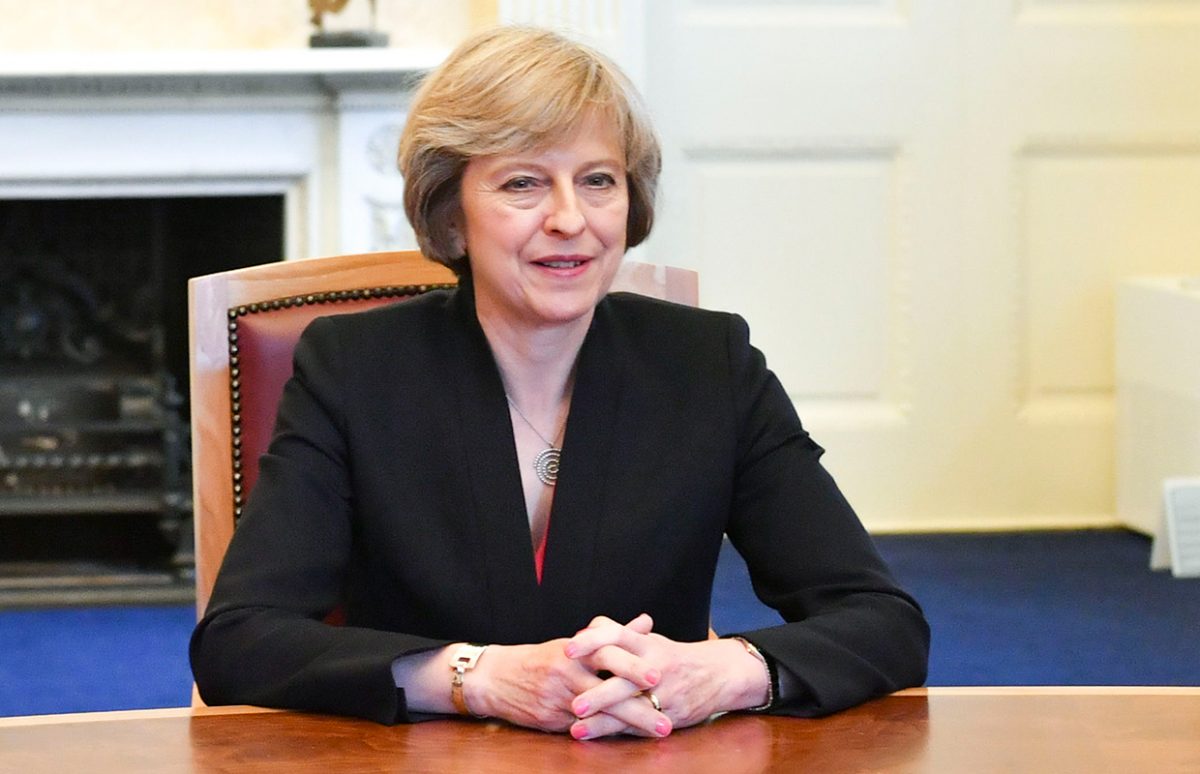For the last couple of years, there have been nothing but surprises in British politics. The latest is the nomination of Theresa May as Conservative Party leader, and Prime Minister, after the “vote leave” victory in the Brexit referendum.
May, 59, was one of the most senior members of David Cameron’s government, in charge of the Home Office, responsible for policing, security and immigration. She was the longest-serving Home Secretary in modern times, having been appointed in 2010. She was uncontested as the new leader of the Conservative Party after Cameron’s resignation following his defeat in the referendum. The only other candidate, Andrea Leadsom, unlike Theresa May, was a supporter of “vote leave”, but as a junior minister had much less experience, and withdrew her candidacy.
What, No Election?
Observers from abroad are often surprised that Britain can change Prime Minister without a general election being called. It is, however, logical within the British Parliamentary system, and even relatively common. In recent times, Margaret Thatcher was replaced by John Major in 1990, after a vote of no confidence by her own MPs, and Gordon Brown replaced Tony Blair in 2007. In neither case was a general election called. British electors vote for their constituency MPs (Members of Parliament). The party with the most MPs is invited to form a government by the Queen. And the leader of the governing party becomes Prime Minister.
Theresa May could theoretically have called an election, or her government could lose a vote of no confidence in Parliament, and be forced into an election. But it is highly unlikely. The Conservatives have a safe, if small, majority of 17 seats in Parliament. For the moment, the priority of the government is negotiating the terms of Brexit with the E.U.
“Brexit Means Brexit”
May supported the campaign to remain in the E.U., although she was not the most vociferous campaigner. It now falls to her to negotiate Britain’s exit from the Union, as well as manage other possible fallout such as demands for Scottish independence and Irish union. She made it clear in her acceptance speech as Tory leader that she would not shirk the task, saying “Brexit Means Brexit”.
Now she has to find a way to do that, as well as reunite a party and a country that have been torn apart by two referendum campaigns and a general election in the last two years. Comparisons are already being made between May and Margaret Thatcher – May nurtured an ambition to be Britain’s first female Prime Minister from her teenage years and was disappointed that Thatcher beat her to it. But Margaret Thatcher is remembered for dividing the country. Theresa May hopes to leave a legacy of unity.
Theresa May in a Nutshell
Theresa May, 59, grew up in rural Oxfordshire, the daughter of a Church of England vicar. She attended private and grammar school before studying geography at Oxford. She then went on to work for the Bank of England. She has been married to a banker since 1980.
She was a local councillor for the Conservatives before becoming an MP in 1997. She won the seat for Maidenhead, near Windsor, outside London at her third attempt at election. Her rise in the parliamentary party was rapid. She entered the Shadow Cabinet in 1999 and was named Home Secretary in the coalition Conservative-Liberal Democrat government in 2010.
Theresa May has a less privileged background than the public-school elite that has been in charge of the Conservative government for years. She underlined this difference as she accepted the Conservative leadership, saying she wants to crack down on privileges for big corporations, and give more power to working-class people.
Teaching Tools
Our A2-B1 downloadable article and activities B1 about the Brexit, includes a short bio of Theresa May. See below for a link.





